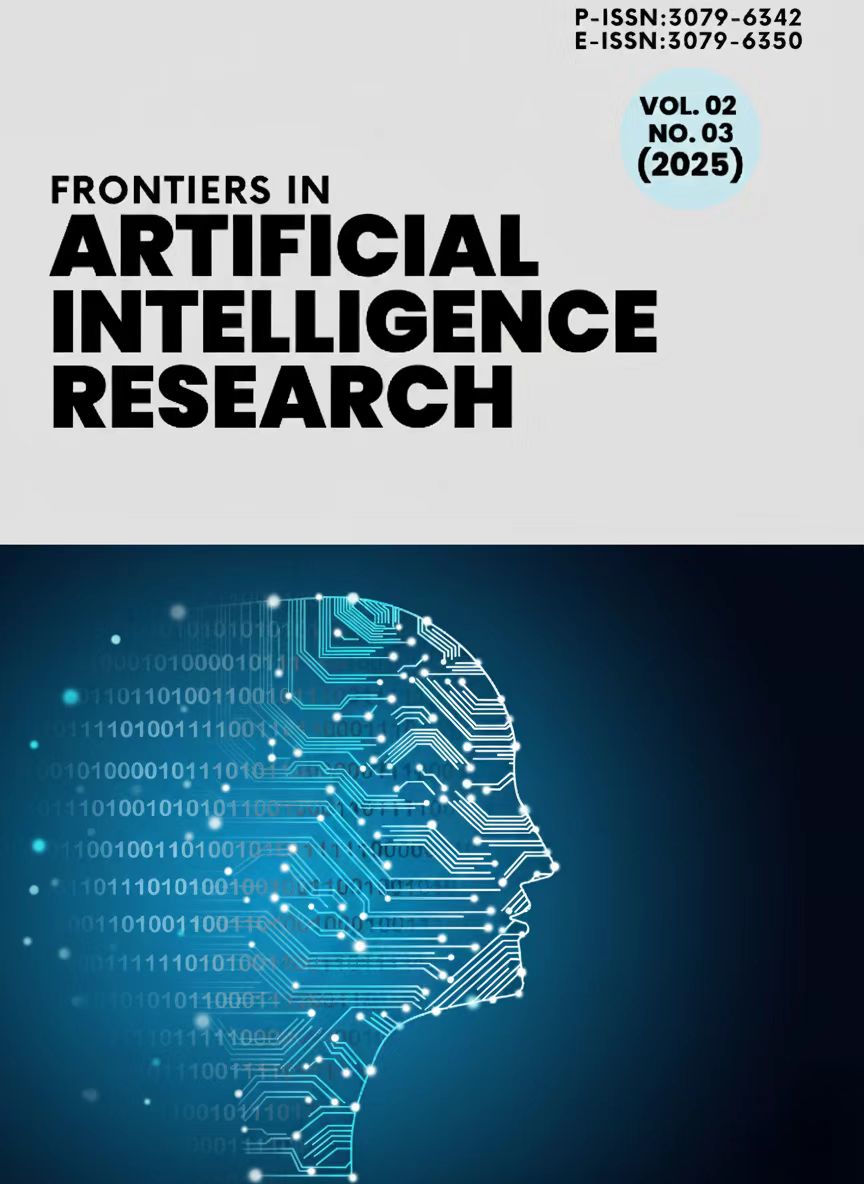Cross-Domain Applications of Temporal Heterogeneous Graph Contrastive Learning: From Credit Cards to Insurance Claims
DOI:
https://doi.org/10.71465/fair349Keywords:
Temporal Heterogeneous Graph, Contrastive Learning, Cross-Domain Transfer, Credit Card Fraud Detection, Insurance Claim Analysis, Financial Security, Graph Neural Networks, Multi-Module ArchitectureAbstract
Temporal Heterogeneous Graph Contrastive Learning (THGCL) has emerged as a revolutionary approach for modeling complex dynamic relationships in multi-entity financial systems. This research presents a comprehensive cross-domain framework that demonstrates the transferability of THGCL methodologies between credit card fraud detection and insurance claim analysis. Through systematic investigation of heterogeneous graph structures containing multiple entity types including credit card numbers, merchant identifiers, and transaction records, we develop a unified architecture capable of capturing both structural relationships and temporal dynamics across diverse financial domains. Our methodology employs a sophisticated multi-module framework incorporating multi-dimensional gated update mechanisms, noise-aware adversarial modeling, and multi-layer embedding contrastive learning to address challenges including data sparsity, temporal heterogeneity, and class imbalance prevalent in financial fraud detection scenarios. Experimental results demonstrate that our THGCL-based approach achieves superior performance metrics with detection rates reaching 91.2% in credit card fraud detection and 87.8% in insurance claim analysis. The cross-domain adaptation framework exhibits remarkable knowledge transfer capabilities, reducing training time by 43% while maintaining detection accuracy above 89% across both domains. These findings establish THGCL as a robust foundation for developing scalable fraud detection systems capable of adapting to evolving fraudulent patterns across diverse financial sectors.
Downloads
Downloads
Published
Issue
Section
License
Copyright (c) 2025 Nathan Hall, Amelia Ward (Author)

This work is licensed under a Creative Commons Attribution-NonCommercial-NoDerivatives 4.0 International License.




